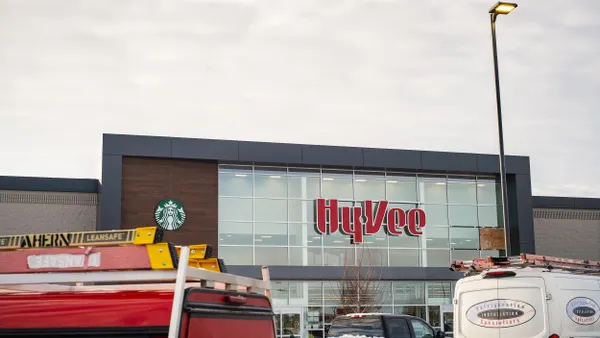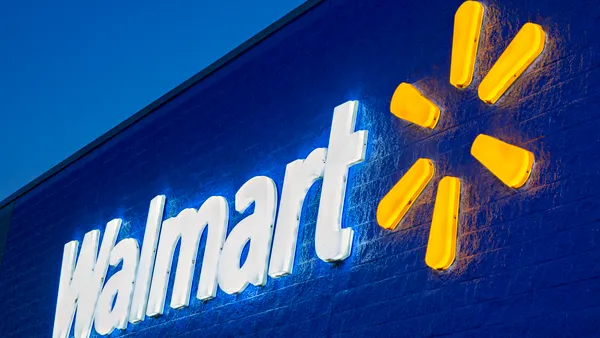Dive Brief:
- The grocery industry recorded a margin loss of $298 million on their digital grocery business in 2022, according to a newly released report by insights firm Incisiv done in partnership with FMI – The Food Industry Association and Relex Solutions, a supply chain and retail optimization company.
- That same year, grocers missed out on $23 billion in digital sales due to products being unavailable or those that weren’t substituted for like products, the report found.
- To course-correct the ongoing challenge of digital grocery’s unprofitability, product availability along with fulfillment and inventory optimization are top priorities for surveyed retailers, per the firms’ research.
Dive Insight:
While grocers are increasingly embracing online and omnichannel options to help differentiate their offerings and better meet consumers’ needs, profitability woes are challenging their digital businesses.
Digitally influenced sales — where shoppers utilize digital platforms, devices or tools to assist them during various stages of the purchasing process — accounted for 69% of overall grocery sales ($362 billion) in 2023, according to the report from Incisiv, FMI and Relex.
The report, “Increasing Online Profitability Through Strategic Fulfillment,” is based on a survey of 116 respondents who use, influence or buy supply chain technology, 73% of whom are director-level or higher.
Over the next 12-18 months, surveyed retailers said their top strategic fulfillment priorities are improving product availability (97%), balancing workload and orders to optimize labor and space utilization (89%) and enhancing their forecasting and projection of customer orders (86%). Produce and center store are the top categories where grocers see these strategic fulfillment choices can have the most significant impact, the report noted.
The research found that fulfillment and inventory optimization are the biggest profitability levers that grocers have, noting that a majority (89%) of grocers surveyed see optimizing end-to-end order fulfillment as a major opportunity for financial improvements and 83% said the same for strategic inventory placement throughout the supply chain. Sixty-one percent said the reduction of waste and shrinkage within the supply chain will help with profitability.
“Understanding demand signals to predict long-term or sudden changes in shopper behavior is important, even though it's relatively low on the opportunity list” with only 44% of grocers saying that’s a big opportunity, the report noted.
The report said that 59% of grocers are dissatisfied with their e-commerce strategic fulfillment solutions, noting that product functionality and back-end technical limitations are contributing to this sentiment.
As omnichannel retailing and the embrace of digital sales become more prevalent, grocers are facing new complexities with their fulfillment platforms, per the report. Top challenges surveyed retailers flagged include difficulty quantifying the total cost of ownership of existing technologies, and legacy technologies not being able to support agility,
To address these obstacles, grocers “need to seamlessly integrate online and in-store operations, manage last-mile delivery logistics, and ensure a consistent customer experience across all channels,” the report advised.
“As grocers strive to transition into an omnichannel model, they recognize the crucial role of coordination across business departments in driving change,” the report said. “However, the absence of appropriate incentives or key performance indicators (KPIs) makes it increasingly difficult to achieve progress.”
While 82% of grocers said adopting artificial intelligence will be a necessity to boost their competitive advantages, 38% said they are waiting for “practical technologies and use cases” with AI-enabled data analytics before making investments in that type of technology. The report says this cautious approach to AI is linked to retailers desiring tangible evidence about its effectiveness.












